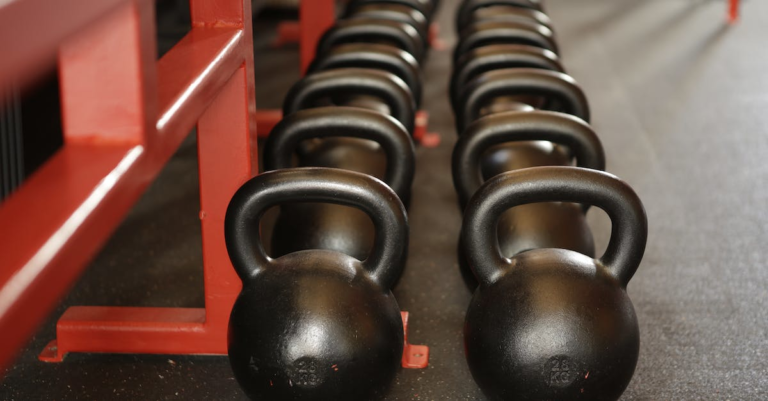What Is the Main Components of a Computer System?
A computer is a device that is able to execute certain mathematical or logical operations automatically through computer software. Modern computers are able to execute a highly complex array of operations, known as applications. These applications enable modern computers to do an almost infinite number of tasks simultaneously. Although these tasks are performed by a central processing unit, computer software refers to the processes that take place inside this machine.
One of the most widely used parts in a computer system is the central processing unit or CPU. This part of the computer enables the machine to process data and instructions from applications on the device’s hard drive. Instructions for executing the task are obtained from the application software during start up or after use. Instructions for running the task are stored in the form of program code inside the CPU.
There are two types of CPU systems in current use. System units are used in personal computers, while mainframe computers are used in large businesses. System units are faster than mainframes because they implement several microprocessor tasks, making them more efficient. Personal computers that use a mainframe type of CPU are often referred to as mainframe computers. These devices are generally slower than their alternative because they execute multiple tasks simultaneously.
Computer systems are often connected to peripheral devices. Peripheral devices refer to additional devices that are designed to enhance the performance of a computer. Examples of such devices include printers, scanners, card readers, USB drives, external monitor inputs, and video game console. Desktop computers are connected to additional devices through a desktop computer connection, which involves a compact local area network.
One of the largest computer systems in use today is the Sun miniPCIe, which supports hundreds of applications at once. The Sun board bus adapts the PCI Express cards into multiple PCI Express bus enabled devices, including PCs, laptops, netbooks, and other small form factor devices. A desktop computer system can run many different operating systems, each running on a different type of PC architecture. Each operating system has its own driver and needs to be loaded onto the computer to boot up. Because of this requirement, most desktop computer systems have at least two different drivers for every device.
Modern technology continues to advance at a breathtaking rate. Advances in chip-building processes have allowed for many new types of computer technology to be manufactured. Advances in microprocessor designing have resulted in more efficient computer systems that run various tasks simultaneously without using up much system resources. The rapid advancements in chip manufacturing have also resulted in many computer systems being more energy efficient. In addition, these improvements have helped computers to operate at higher speeds, with increased versatility and portability.






